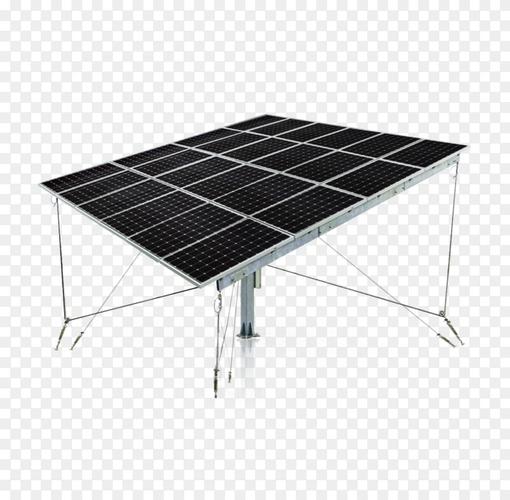**Sun Power: How Solar Energy Lights Up Our World**
(What Type Of Resource Is Solar Power)
Imagine a giant ball of fire in the sky, sending endless energy to Earth every day. That’s the sun. For billions of years, it’s been fueling life on our planet. Today, humans have found a way to turn sunlight into electricity. Solar power isn’t just a cool science project. It’s a game-changing resource reshaping how we power our lives.
So what exactly is solar power? Let’s break it down. Resources fall into two main categories: renewable and non-renewable. Non-renewable resources, like coal or oil, take millions of years to form. Once we use them up, they’re gone. Renewable resources, like sunlight or wind, don’t run out. The sun isn’t going anywhere for another 5 billion years. That makes solar power a renewable resource—clean, endless, and available almost everywhere.
Here’s how it works. Solar panels, those shiny rectangles on rooftops, capture sunlight. Inside these panels are tiny cells made of materials like silicon. When sunlight hits them, it knocks electrons loose. This creates an electric current. Wires carry this current to homes, schools, or businesses. No smoke, no moving parts, just quiet energy from the sky.
Solar power isn’t limited to sunny deserts. Even cloudy places like Germany generate plenty of solar energy. Modern panels work in diffused light. They don’t need blazing heat—just daylight. A common myth is solar panels stop working at night. That’s true, but batteries can store daytime energy for use after dark.
Why does this matter? Fossil fuels pollute the air and warm the planet. Solar power produces zero emissions while running. It’s like swapping a gas-guzzling car for a silent electric bike. Plus, sunlight is free. After installing panels, energy costs drop. Some people even sell extra power back to the grid.
Solar tech keeps getting better. Early panels were bulky and expensive. Today, they’re thinner, cheaper, and more efficient. Scientists are testing solar “paint” and windows that generate power. Imagine skyscrapers covered in energy-producing glass. Or electric cars charged by their own sunroofs. The possibilities are wild.
Not everything is perfect. Solar power has challenges. Storing energy for nights or rainy days requires big batteries. Manufacturing panels uses resources like silver and aluminum. Old panels need recycling to avoid waste. But compared to coal mines or oil spills, the environmental impact is tiny.
Countries worldwide are betting on solar. India built massive solar farms to cut coal use. California aims for 100% clean energy by 2045, with solar leading the charge. Even remote villages in Africa now use solar panels instead of diesel generators. Kids study under solar lamps. Clinics keep vaccines cool in solar-powered fridges.
What about cost? A decade ago, solar was pricey. Today, it’s one of the cheapest energy sources. Rooftop systems pay for themselves in years. Governments offer tax breaks or subsidies. Leasing options let homeowners pay monthly instead of upfront. Solar isn’t just for the rich anymore.
The future looks bright. Tech advances will make panels more efficient. Batteries will store more energy for longer. Smart grids will balance solar power with other renewables. Imagine a world where every building generates its own clean energy. No more power outages. No more rising bills. Just endless light from the sky.
(What Type Of Resource Is Solar Power)
Solar power isn’t magic. It’s science, engineering, and a bit of common sense. The sun showers Earth with enough energy in an hour to power humanity for a year. We’re finally learning to catch it. From rooftops to rockets, solar energy is proving it’s not just an alternative—it’s the ultimate resource.
Inquiry us
if you want to want to know more, please feel free to contact us. (nanotrun@yahoo.com)




